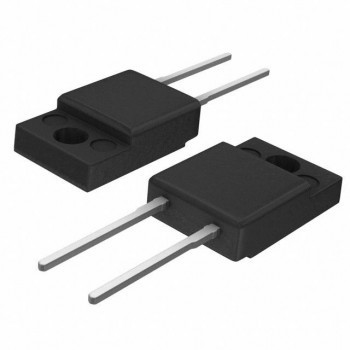Don't wanna be here? Send us removal request.
Text

Top 10 Ceramic Capacitor Manufacturers in the World
more:https://www.topchipelec.com/news/details/top-10-ceramic-capacitor-manufacturers-in-the-world.html
0 notes
Text
Infineon launches new TEGRION™ family of safety controllers to improve the performance of semiconductor devices
More:https://www.topchipelec.com/news/details/infineon-launches-new-tegrion-family-of-safety-controllers-to-improve-the-performance-of-semiconduct.html
0 notes
Text
Mastering Your Energy Storage: A Comprehensive Guide to Battery Management Systems, Principles, and Practical Applications
Battery management is an essential aspect of any energy storage application, responsible for ensuring performance, safety, and reliability. Battery Management Systems (BMS) have become increasingly necessary for a wide range of applications, utilizing various battery chemistries such as lithium-ion and lead-acid
more:https://www.topchipelec.com/news/details/mastering-your-energy-storage-a-comprehensive-guide-to-battery-management-systems-principles-and-pra.html
0 notes
Text
Identifying the Positive and Negative Poles of Zener Diodes: A Guide for Electronics Enthusiasts
2023-07-21
18
Zener diodes play a crucial role in various electronic circuits as voltage stabilizers and regulators, ensuring stable power supply and protecting sensitive components. As with any electronic component, correctly identifying the positive and negative poles of a Zener diode is paramount for proper function. The following article provides several methods to help you distinguish between the anode and cathode of a Zener diode.

1. Visual Inspection: Manufacturers often mark the diode's exterior with indicators to assist users in identifying the positive and negative poles. Common identifiers include ink markings, etchings, or indentations on the diode's casing. In some cases, the anode (positive) end might be marked with red ink, while the cathode (negative) end might be marked with black ink.
2. Pin Length: For certain types of Zener diodes, the pin length of the positive and negative poles might vary. Generally, the anode (positive) pin is longer, and the cathode (negative) pin is shorter. However, keep in mind that this rule is not always accurate, especially for used or repurposed components.
3. Multimeter Testing: A digital multimeter can provide a definitive method to distinguish between the anode and cathode of a Zener diode. Set the multimeter to diode testing mode. Connect the red (positive) probe to the suspected anode and the black (negative) probe to the suspected cathode. A displayed value greater than zero and within a typical diode voltage drop range (e.g., 0.5V to 0.8V) indicates that the probes are correctly connected to the anode and cathode.
With these techniques, you can effectively identify the positive and negative poles of a Zener diode. Ensuring the correct polarity during installation is essential for maintaining a stable, well-performing circuit. When working with electronic components, always adhere to safety guidelines to minimize the risk of electric shocks or potential component damage.
Diode related articles:
How Diodes Work and Selection Guide
Diode Hot Products:
BY359X-1500S,127
1N4448,113
BAS321/ZLX
PMEG2010AEK,115
BY329-1200,127
BY359-1500,127
BYD17J,115
BAS316/ZLX
1 note
·
View note